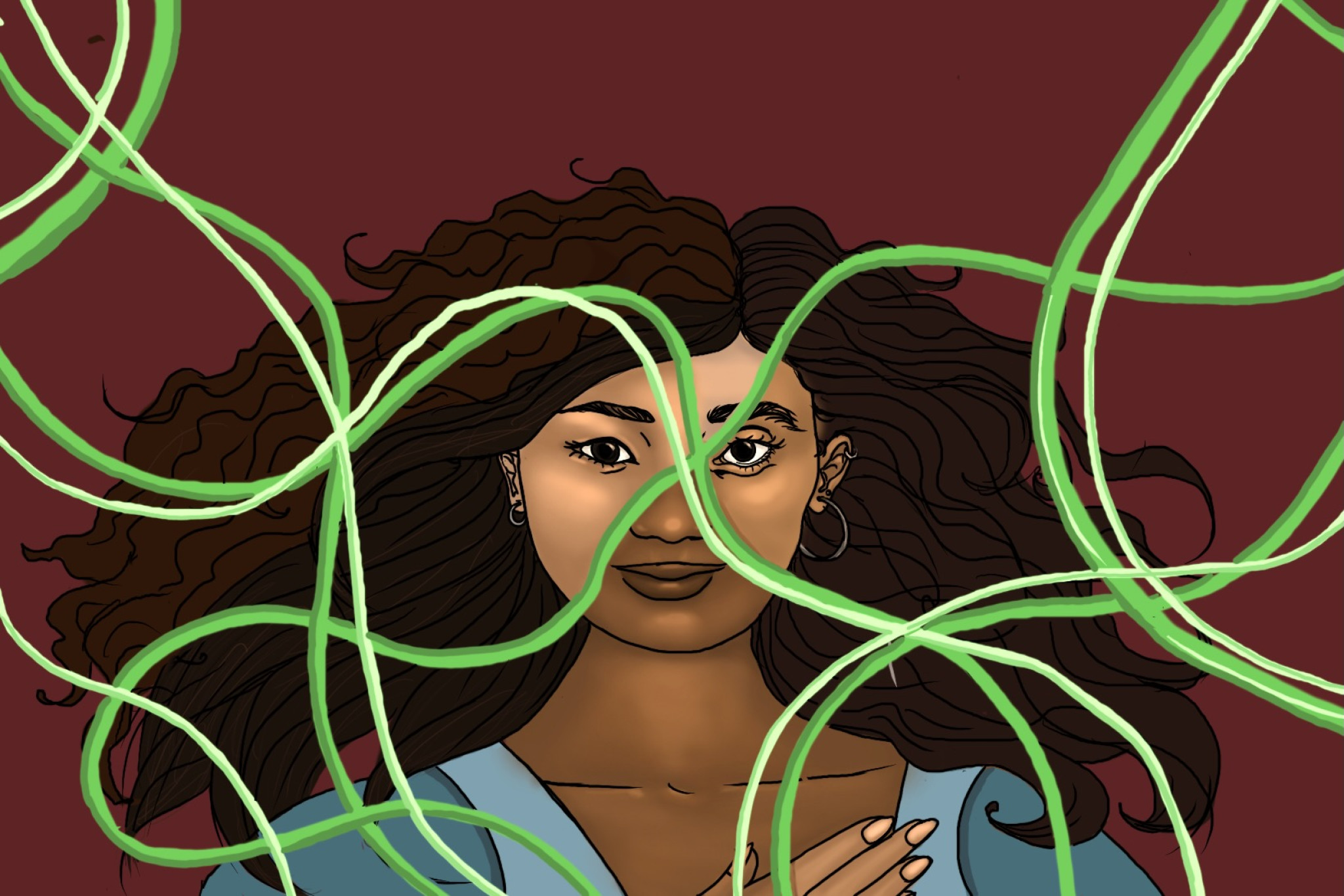Colorism in Asian communities dates back to 710 A.D. when it was used to separate the elite (who stayed indoors) from the working class (who worked outdoors). Over the centuries it has allowed for the preferential treatment of light skinned individuals in relation to their darker skinned counterparts. This specifically pertains to individuals from the same community, which is what separates colorism from racism. Unfortunately, colorism is still prevalent in many Asian communities to this day.
“In Filipino culture it’s better to be ‘mestiza’ which means basically lighter and then to be ‘moreno’ it’s basically to be a darker and more tan Filipino,” Jocelyn Mae Sandiego, a sophomore at Berkeley High School said. She adds that this has created a large market for skin lightening products in the Philippines, which is true of many countries across Asia. According to Bloomberg, the skin lightening industry is currently valued at $8.6 billion. This booming industry is evidence of internalized colorism where many darker skinned Asians feel that they have to lighten their skin in order to be and feel beautiful.
It also turns out that these beauty standards are imposed on some Asian individuals by their own families. “My sibling Margaret, they’re more tan than me and so they would always get comments from my mom like ‘Oh, you’re out in the sun too much, you need to stop,’” Mae Sandiego said. She added, “My parents used to say that if you’re tan or darker then you belong in the rice farms.” Such views on dark skin can be traced back to colonialism, where lighter colonizers often used the color of their skin to reinforce a superiority complex over the native population, which typically had a darker complexion.
For others, such as Marianne Mah, a sophomore at BHS, colorism is slightly more subtle. “I was a very tan child but then now it’s very pointed out that I’m not as tan as I was,” she said, “It’s never been directly said to me, but there’s just this stigma (around being darker).” Mah adds that as she naturally became lighter with age she started receiving more compliments, with people often comparing her to Korean pop stars.
Colorism also affects how people are treated and valued by other people. “My dad basically thought my mom was attractive because she was a lot lighter than him,” Shrinath Sriram, a sophomore at BHS and member of the South and Southeast Asian Club, said. He highlights that a person’s relationships can be deeply impacted by the color of their skin.
Another aspect of colorism within the Asian community is the exclusion of South and Southeast Asian people from the Asian American Pacific Islander identity. Since many South and Southeast Asians have darker skin it’s clear that colorism has been a key component in determining how Americans perceive the Asian identity, said Sriram. “It really makes people more categorized. Sometimes people, instead of saying Asian, they’ll say I’m Indian, I’m Arab, I’m Pakistani, whereas we can’t really fit into the AAPI community as much as East Asians would.”
However, Sriram believes that with all of the media attention and education around discrimination based on skin color the narrative is slowly shifting as people are learning that people are learning to take pride in their identities and the color of their skin. “Asia’s a big continent. Not everyone is going to look a similar way (. . .) We should think of Asians as not just one but many different identities,” he said.
Colorism is but another unnecessary social construct designed to further social division.





